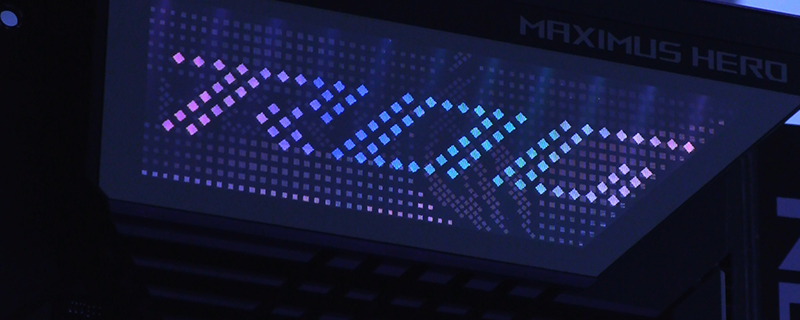ASUS ROG Maximus Z690 Hero Review
Conclusion
As regular readers will know we do our best to, within the limits of sanity, ignore pricing when it comes to reviewing products. After all, everyone has different budgets and financial situations and what might be considered a lot of money for us isn’t for you, or maybe vice versa. The key thing is to think about how good the product is or isn’t and if it’s good enough price almost becomes a non-factor.
Previous experience has taught us that the ASUS ROG range of products is always at the upper end of the price spectrum, and although this is the ROG Maximus Hero rather than the Formula, we still expected it to be at a similar price point. Early indications were that the baseline for a Z690 motherboard was somewhere around £300, with medium ones being £500 and £600+ for the high end models. With this in mind we felt the Strix Z690-E would be around £400 and the Maximus Hero around £580. Looking at their respective feature sets only solidified this belief. Of course once the launch actually happened, long after we’d finished writing our reviews, we discovered that the ASUS Strix was much more expensive than we thought it should be – £499 – whilst the Hero was just £519.99.
In our mind this makes the Strix almost impossible to buy, and the Hero a bargain. Part of this is based upon the aesthetic considerations. The Strix looks, dare we say it, a little cheap. Or, rather, cheaper than we’d expect a Strix to look. Normally that is the ROG range that has all the lighting bells and whistles and plenty of features, but in Z690 guise the Strix E is bordering on average. The ROG Maximus Hero on the other hand looks like a premium product, and has all the features and tricks up its sleeve that we’d expect to find on anything carrying that Republic of Gamers logo.
Our results show that the performance of the Hero is right up there too. Yes, there isn’t much to choose between any of the Z690 offerings, but taken on average the Hero was, more often than not, in the upper end of our performance graphs. Performance is but a part of the equation though. The connectivity options are plentiful, ensuring that even the most storage and peripheral rich user wont be left wondering where to plug in all their devices. The power phases are beefy, 90A of 20+1, but also under an extremely capable heatsink which left us with the coolest running VRMs of any of the Z690s. Returning to the Strix comparison, ASUS are so tight-lipped about the power phases on that particular board that we have to be slightly cynical and assume it isn’t as good as it should be for the money. After all, if ASUS were giving you 105A power phases for that £500 pricing they’d be shouting from the rooftops.
We know that we’ve still to review the ASUS Maximus Formula, but of the three ASUS models we’ve looked at in the Z690 launch, we think the combination of a price point being so close to where Asus now think the Strix-E should be, the performance capability coupled to the reliability one expects from a ROG product, make the ASUS ROG Maximus Z690 Hero the best of the Taiwanese company’s offerings and wins our OC3D Enthusiast Award.
Discuss the ASUS ROG Maximus Z690 Hero in our OC3D Forums.




